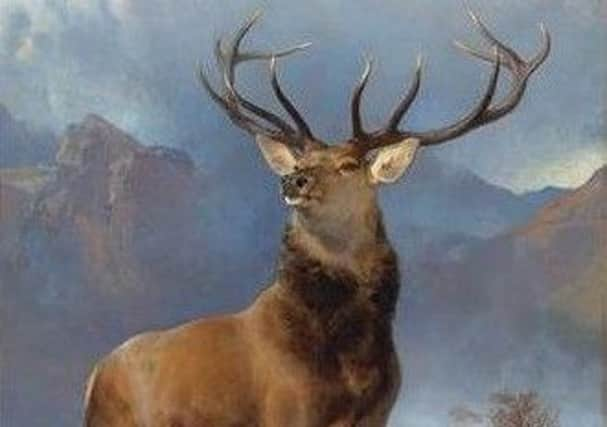Brian Ferguson: Gallery chief's good job on Monarch of the Glen


His determined streak has been put to the test on several occasions since his appointment 12 years ago, most notably over the acquisition, along with the National Gallery in London, of two Titian masterpieces from the Duke of Sutherland for nearly £100 million.
Work also began in the autumn on a long-awaited project to finally give the nation’s collection of Scottish art treasures a fitting home. The £16.8m project, which will also extend the Scottish National Gallery, only received planning permission from the city council in August and was formally launched there in mid-November.
Advertisement
Hide AdAdvertisement
Hide AdWhat should have been a cause for celebration over a project which has been a priority for Sir John went ahead against a backdrop of uncertainty about the fate of one of the most famous Scottish paintings of all time. Less than a fortnight had passed since the announcement from drinks giant Diageo that it was planning to dispose of The Monarch of the Glen.
I cannot have been the only one surprised it had been in the hands of the whisky industry for the previous 100 years. And I had no idea it had merely been on long-term loan to the National Museum of Scotland for the best part of the previous two decades. The impending sale at Christie’s in London raised the real possibility of the painting going to an overseas owner – and seemed to jolt the Scottish art world into life.
But it was only last week that the scale of the frantic behind-the-scenes discussions to attempt to secure the painting’s future in Edinburgh became clear. Sir John revealed he was given just a few days notice of Diageo’s plans and only then because Dr Gordon Rintoul, director of the National Museums of Scotland, had tipped him off.
Things were so far progressed with Christie’s that “the train had already left the station” when Sir John rang to plead for a rethink. It certainly does not reflect well on Diageo that it knew the painting was worth around £10m but had not deemed it to be of enough importance to alert the National Galleries, or the Scottish Government, of its intentions.
I have little doubt that an intervention from the government to make it clear it wanted the painting to stay in Scotland had a lot do to with Diageo’s change of heart and the cutting of a deal with the National Galleries. Sir John revealed the company turned down a request to donate the painting to the nation for free, before agreement was finally reached on a cut-price sale of £4m, as long as the money could be raised within four months.
While this would undoubtedly have generated good short-term PR for the company, the National Galleries has itself been able to drum up plenty of coverage on the back of the deal and the subsequent fundraising campaign, which entered the public appeal stage last week.
With the governments both waiting in the wings with potential bail-outs, there seems little doubt that the National Galleries will raise the final £750,000 and meet that £4m target by the 17 March deadline. By then, it should have secured one of the most enduring images of Scotland for its collection and anyone who wishes to do so will have been able to secure a stake in its purchase. And Sir John will hopefully be able to reflect on a job well done.